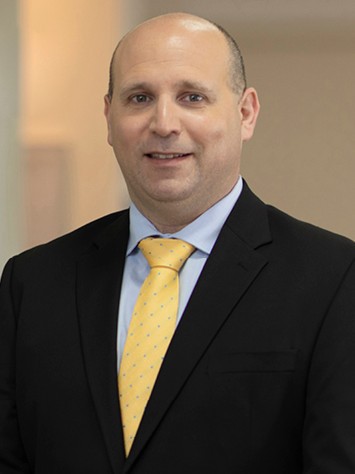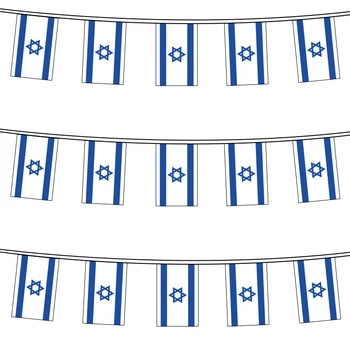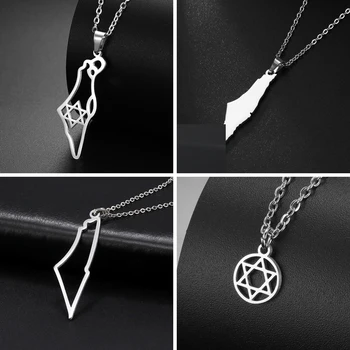Tel Aviv is a perfect city for traveling alone, you can find features on the winding streets and find a place to settle on the edge of the city. The following finding of the “Top 10 Best Free Attractions in Tel Aviv” by BizIsrael editorial team can provide you great references when you visit Tel Aviv!
-
Park HaYarkon
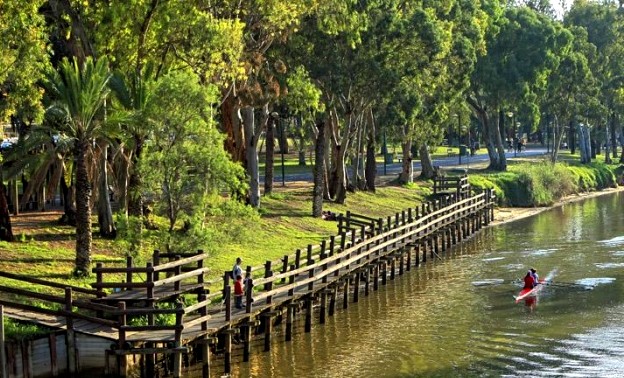
Park Yarkon, the Central Park of Tel Aviv
Located in the Yakong Park in the north of Tel Aviv, it is known as the “Central Park” in Tel Aviv. It is a green area that is very popular among the surrounding residents, including the Yakong River. Every day, many people jog, ride bicycles, walk dogs and walk, each with their own space, and a large expanse of grass can basking in the sun or emptying the day. There are also beautiful man-made lakes, mini zoos, bird sanctuaries and large children’s play areas.
-
Gordon Beach

Gordon Beach, Tel Aviv Israel
Gordon Beach is Tel Aviv’s signature beach attraction with a beach volleyball court surrounded by relaxing facilities. On the paved walkway, there are many restaurants; after sunset, there are various outdoor beach bars that lead visitors into the world of the city that never sleeps.
-
Jaffa Old City of & Jaffa Port
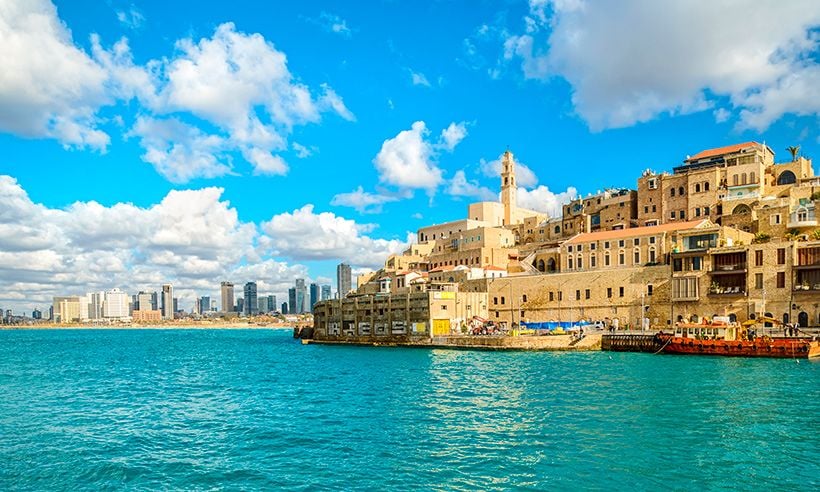
Jaffa Old City and Port. It is the first port in the world.
The ancient city of Jaffa is one of the oldest cities in the Mediterranean, on the cliffs beside the Mediterranean Sea connecting to Tel Aviv. There are many attractions in Jaffa, suitable for meditation, walking through mosques, churches and ancient clock towers, bridges and street art sculptures; museums, galleries, trendy restaurants and bars, never boring in this old and new city. . In the ancient city there is the home of the doorman and the St. Peter’s Catholic Church at the highest point of the old town of Jaffa. The 16th century building has remained fairly intact.
Jaffa Port, just across the road from Tel Aviv, is the ancient port of the ancient city of Jaffa, the oldest port in the world. The quaint lanes of the Ottoman period are filled with boutiques of artists and designers, each with its own unique artistic style. Take a stroll in the scenic port, watch fishermen fishing, or watch live art performances at the port bar.
-
Jaffa Flea Market

Flea market at Jaffa – Tel Aviv, Israel.
Jaffa’s characteristic market is full of all kinds of old and new groceries. If you like to hunt for treasures in the junk, it’s ok. In addition to some cafes, there are also local snacks.
-
Gordon Gallery

Gordon Gallery, Tel Aviv
The Gordon Gallery is an important place for the rise of Israel’s contemporary art scene, helping many modern artists to emerge and become well-known artists such as Ya Yair Garbuz, Raffi Lavie, and Uri Lifshitz.
-
Tel Aviv Harbor
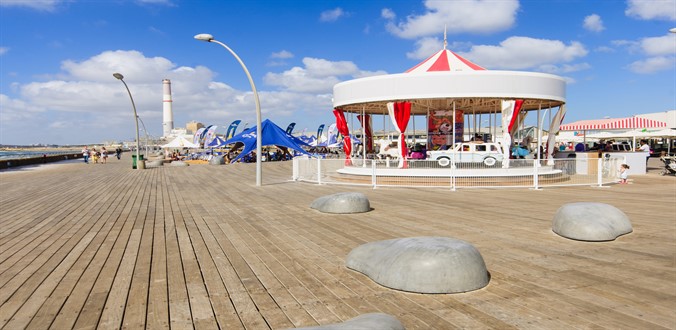
Tel Aviv Harbor
After a new renovation in 2001, Tel Aviv Harbor became one of the popular leisure spots in the area. There are various popular shops, cafes and bars on the wooden floor of the pedestrian avenue. Even if you don’t eat and shop, you can get this walk and absorb the fresh air from the ocean. There is also an indoor farmer’s market offering fresh fruits and vegetables and food. There are still many things to keep the little ones.
-
Neve Tzedek, where Vintage is alive
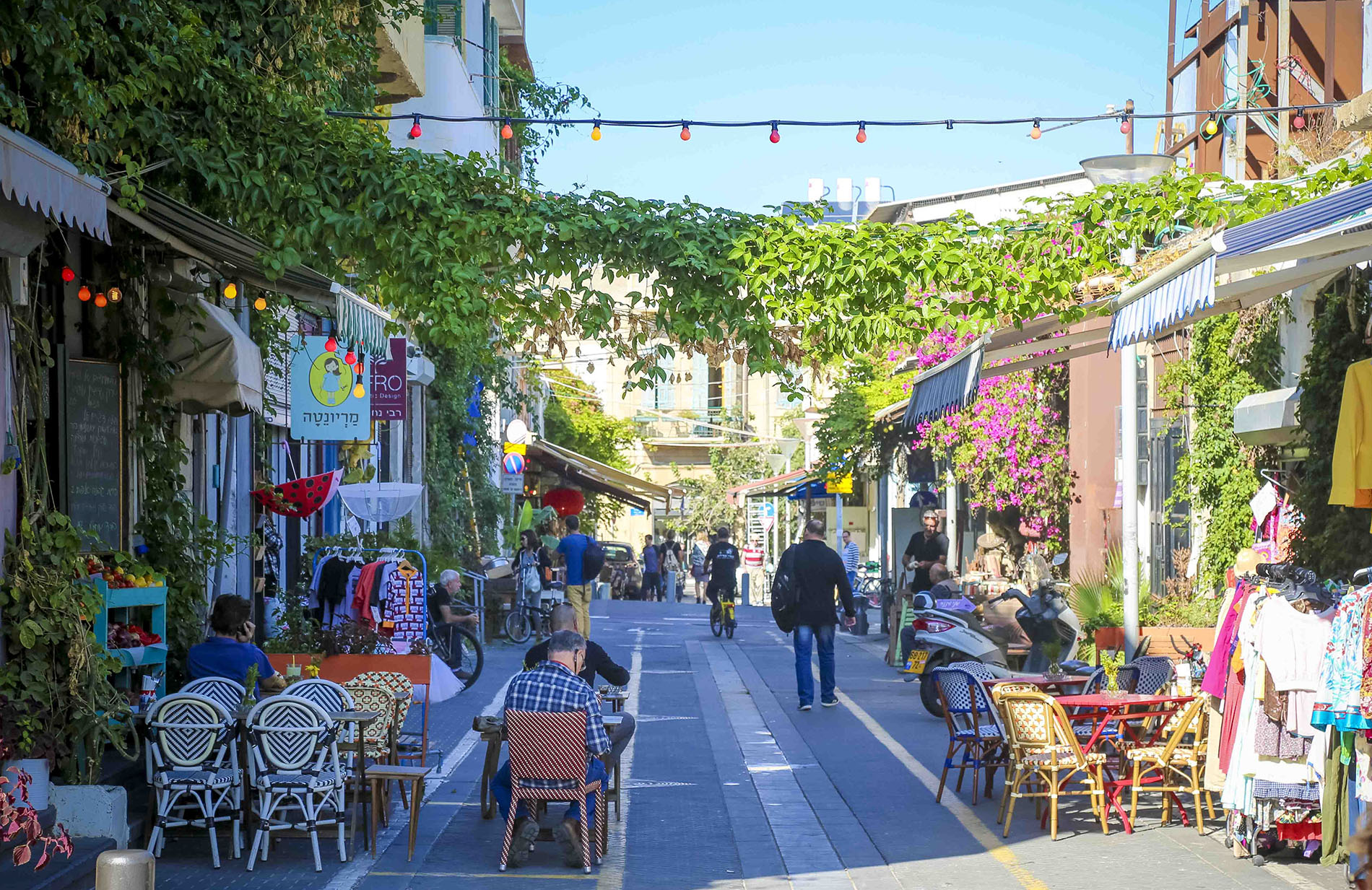
Neve Tzedek is the first residential area in Tel Aviv
Formed in 1887, Neve Tzedek is the first Jewish community outside Jaffa, the earliest starting point for modern Tel Aviv. The ancient wind building has recently become the distribution center for the artist’s fashion masters.
There are handmade ceramic artists, hand-made tailors, traditional technical jewellery, countless boutiques, galleries, design studios and more. It is recommended to visit the retro and hippie Suzanne Dalal Dance and Drama Center. Even if you don’t have time to buy a ticket to visit the show, it is worth a visit.
-
Jaffa Old Station
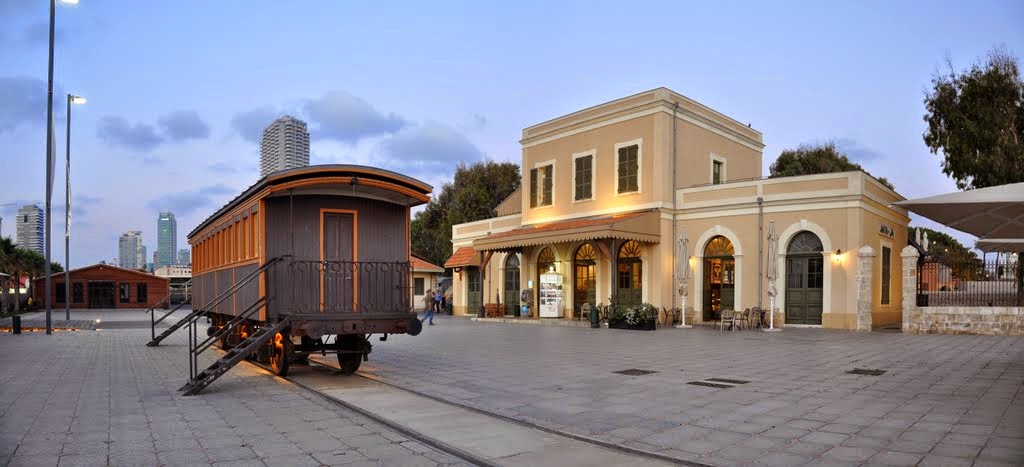
Old Station Tel Aviv
At the same time as the old railway station in Jerusalem, the old buildings, platforms, trains and railroad tracks are still intact. It has now been transformed into a casual arts and cultural district with restaurants and shops, often with exhibitions and events.
-
Rothschild Boulevard

Rothschild Blv, Tel Aviv
Rothschild Boulevard is Israel’s most well-known “The Start-Up Street”. Located in the heart of Tel Aviv’s White City, it is Tel Aviv’s most important landmark and one of the most important main roads. It is home to many financial institutions and is the center of Tel Aviv’s cultural development. Although the streets are not wide, the pedestrian boulevards and cyclists in the middle of the boulevard are always at the same time as the coffee pavilions in the center of the boulevard. Most of the buildings on this street are historic Bauhaus buildings and are therefore listed as World Heritage Sites by UNESCO. Many of the old buildings have been carefully restored to financial institutions, startup offices, restaurants, cafes and luxury homes. High-rise skyscrapers are interspersed with low-rise buildings, mostly financial institution headquarters, in stark contrast to traditional architecture.
-
Sarona
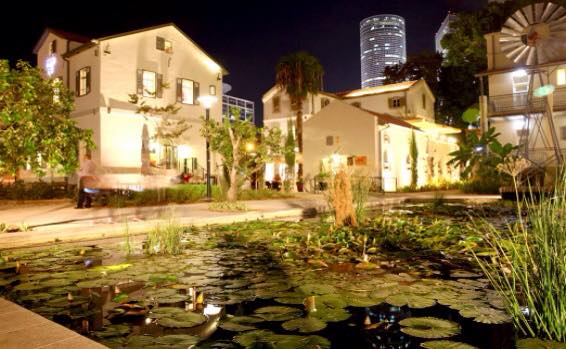
Tel Aviv Sarona was a German Templar colony.
Sarona was a German colony established in Palestine in 1871. The Knights Templar came to Holy Land to fulfill their life’s dream and became one of the first modern villages established by Europeans in Ottoman Palestine. The traditional agricultural society aims at self-sufficiency, but the agricultural products grown here are mainly for commercial sales, so it has become the world’s first agricultural economic zone and a model for Jewish pioneers.
In 1948, when the British ended the custody period, the British army left Sarona, and the newly established Israeli government accepted the old houses and military camps as temporary offices. Since the maintenance and restoration of Sarona by the City of Tel Aviv in 2003, it has become Tel Aviv’s newest and most awkward food gathering place with beautiful scenery. There is a large indoor food and shopping center in the new building adjacent to it.
